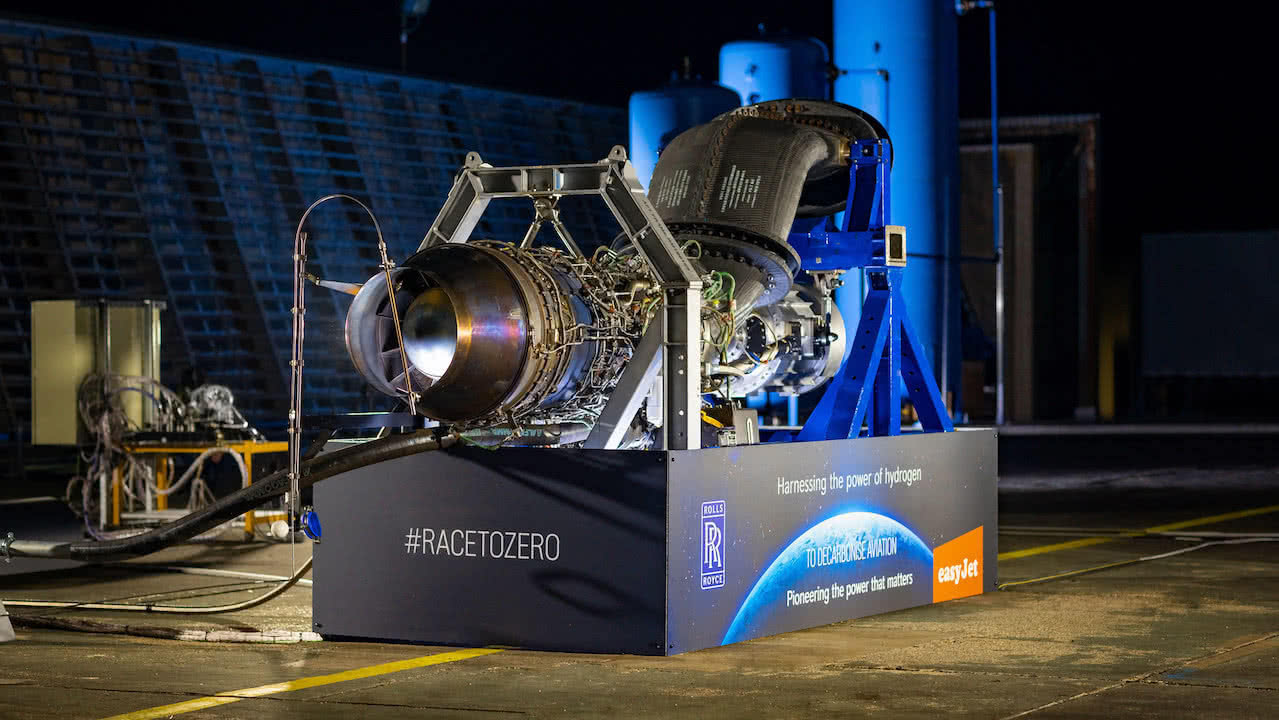Can you imagine getting on an aeroplane knowing there will be no greenhouse effect gasses generated? Sounds fantastic, doesn’t it? Well , let us tell you, it is not something we are far from at the moment.
This week, Rolls Royce and Easyjet have, for the first time, carried out a ground test of which the very first engine to run exclusively on hydrogen will come out of. It´s a revolution to the aeronautical industry!
It’s a converted Rolls-Royce AE 2100-A engine and the test took place at the Rolls Royce MoD Boscombe Down facilities, in U.K.
This test means an important step forward, for the two firms, in proving hydrogen may well become the fuel used in aviation in the future.



